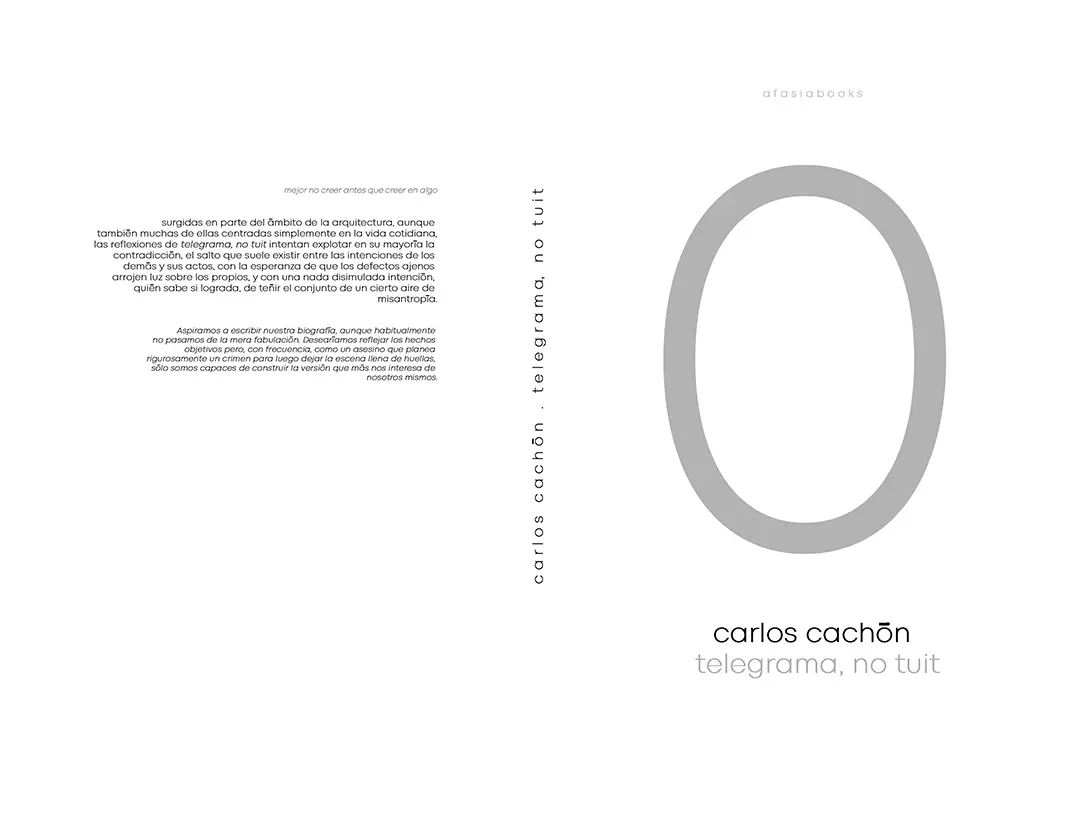
MESA Atelier . photos: © Nuno Almendra
Located in the southern interior of Portugal, in the border town of Barrancos, the project BARRANCOS MORTUARY HOUSE is the result of a Public Competition held in 2019 by the Municipality of Barrancos, with technical advice from the Portuguese Architects Association. The winning proposal – Building with the Landscape – by MESA Atelier was designed in the style of local vernacular buildings, with reference to the traditional walls of overlapping “Barrancos schist” stone with dry joints, the interior wooden roof structures and the lime wall coverings which, together, are the basis of the repository of construction techniques and, in general, of the collective memory that is directly related to the traditional architecture specific to Barrancos.
The intervention begins next to the churchyard of the Public Cemetery, located at the highest level of the intervention area, and continues to the lowest level, where the existing century-old olive grove is located (which has been preserved in its entirety). The building fits into the unevenness and, on the outside, specific interventions are being carried out, which aim to enhance the intervention area: with the implementation of parking, road/pedestrian access and the construction of pavements, support walls and new trees that channel or retain rainwater and counteract the “heat island” effect, in one of the points most exposed to the sun in the town.
A Public Square was proposed at the intermediate level, which encourages gatherings, contemplation of the surrounding landscape and prepares access to the building. At this point, the only highlights are the white volumes that announce the “light well” (which illuminates the atrium on the lower floor) and the roofs of the funeral chapels – east and west. The building’s base is covered in local schist stone, as a way of increasing impact resistance and ensuring greater watertightness in contact with the ground.
Inside, the spaces begin to fit into the uneven terrain, closing themselves off from the surroundings, between environments and spaces that invite silence and introspection, as well as enhancing the interior/exterior dichotomy.
Central to the spatial organization – the atrium/waiting room – functions as a living space, but also as a distribution between the public program (toilets, pantry and chapels) and the service program (storage, technical areas and area dedicated to the person in charge of worship). In the chapels, the light passes through the space differently throughout the day, every day of the year. The total absence of symbols and the individual furniture proposed contribute to universal access to the space, regardless of religion, gender or nationality, which enhances the inclusive nature related to the proposed public facility. The option for individual furniture in order to accommodate 60 seated users allows for different uses of the space and the proposed door opening system makes it possible to join the two chapels and/or hold different ceremonies simultaneously, should this need arise.
_
Barrancos Mortuary House, MESA Atelier, 2024
Promoter: Municipality of Barrancos;
Architecture: MESA atelier – Paulo Dias, João Varela and Ana Isabel Santos;
Landscaping: Francisco Caldeira Cabral;
Engineering Projects: PRPC engineers and Acribia;
Construction: JJG Construções;
Supervision: ProGesteam Engineering;
Measurements and Budget: Tribato;
Photographic Report: Nuno Almendra;
Localizada no interior sul de Portugal, na vila raiana de Barrancos, a obra CASA MORTUÁRIA DE BARRANCOS resulta do Concurso Público promovido em 2019 pelo Município de Barrancos, com assessoria técnica da Ordem dos Arquitectos. A proposta vencedora - Construir com a Paisagem - da autoria MESA Atelier foi desenhada à semelhança das construções vernaculares locais, com referência aos muros tradicionais de pedra sobreposta de “xisto de Barrancos” com junta seca, às estruturas interiores de cobertura em madeira e aos revestimentos das paredes a cal que, no conjunto, são a base do repositório de técnicas construtivas e, em geral, da memória coletiva que se relaciona diretamente com a arquitetura tradicional específica de Barrancos. A intervenção inicia-se junto ao adro do Cemitério Público, localizado à cota alta da área de intervenção e desenvolve-se até à cota baixa, onde se situa o olival centenário existente (que se preservou integralmente). O edifício encaixa-se no desnível e, pelo exterior, promovem-se intervenções pontuais, que pretendem valorizar a área de intervenção: com a implementação de estacionamento, acessos viários/pedonais e construção de pavimentos, muros de suporte e nova arborização que encaminham ou retêm as águas pluviais e contrariam o efeito de “ilha de calor”, num dos pontos mais expostos à exposição solar da vila. No nível intermédio propôs-se uma Praça Pública, que estimula o encontro, a contemplação da paisagem envolvente e prepara o acesso ao edifício. Neste ponto, destacam-se apenas os volumes brancos que anunciam o “poço de luz” (que ilumina o átrio no piso inferior) e as coberturas das capelas funerárias – nascente e poente. No embasamento o edifício é revestido a pedra de xisto local, como forma de aumentar a resistência ao impacto e garantir maior estanquidade no contacto com o solo. Pelo interior os espaços passam a encaixar-se no desnível do terreno, encerrando-se à envolvente, entre ambientes e espaços que convidam ao silêncio e introspeção, assim como potenciam a dicotomia interior/exterior. Central na organização espacial - o átrio/sala de espera - funciona como espaço de estar, mas também como distribuição entre o programa público (instalações sanitárias, copa e capelas) e o programa de serviço (arrumos, áreas técnicas e área dedicada ao responsável do culto). Nas capelas, a luz percorre o espaço de forma diferenciada ao longo do dia, todos os dias do ano. A ausência total de símbolos e o mobiliário individual proposto contribuem para o acesso universal ao espaço, independentemente do culto, género ou nacional o que amplia o caracter inclusivo relacionado com o equipamento público proposto. A opção por mobiliário individual com o fim de acolher 60 utentes sentados possibilita diferentes ocupações do espaço e o sistema de abertura de portas proposto torna possível a união das duas capelas e/ou a realização de distintas cerimónias em simultâneo, caso exista essa necessidade.

































